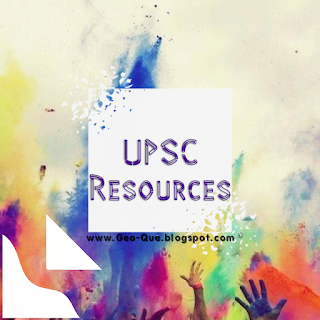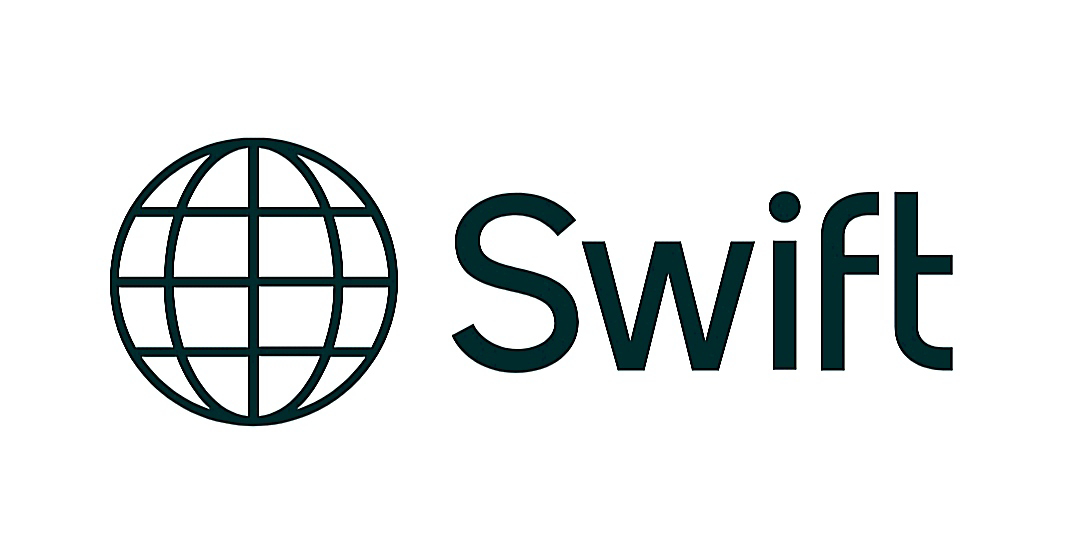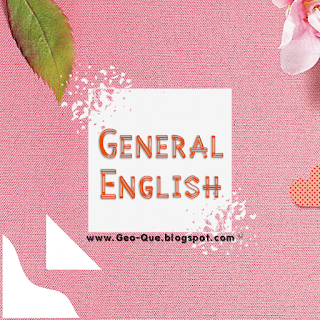UGC NET JRF Paper 1: Introduction, Importance, Syllabus, Exam Pattern & Strategy
Good Evening Students,
Today we will discuss all about NTA UGC NET JRF Paper 1. We are representing this article as a Step by Step Guide, where you will see all aspects of this paper. So, let we start...
Today we will discuss all about NTA UGC NET JRF Paper 1. We are representing this article as a Step by Step Guide, where you will see all aspects of this paper. So, let we start...
As all of you aware that, the University Grants Commission's National Eligibility Test or UGC NET is a prestigious examination conducted by the National Testing Agency (NTA) to determine the eligibility of candidates for the role of Assistant Professor and for the award of Junior Research Fellowship (JRF) in Indian universities and colleges. This examination has two papers called Paper 1 & Paper 2. Out of these two, Paper 1 is a crucial part of this examination and mandatory for all aspirants, regardless of their chosen subject for Paper 2. Paper 1 is a general paper that evaluates the teaching and research capabilities of the candidates. The primary objective of Paper 1 is to assess the candidate’s ability to understand and apply reasoning, comprehension, divergent thinking, and general awareness. Note that, this paper will build a mindset that will help you in your future teaching goals. So, you must have to go through this paper very well in your initial phase. In our words, we remark this paper as a 'Moral Code of Conduct for your teaching career' that boost your strength. Let we see exam pattern first in next paragraph then we talk more about its significance and importance.
Well, the total number of questions in UGC NET JRF examination including both papers are 150 MCQs; each question carrying 2 Marks; maximum 300 marks with a exam time limit of 3 hours. Out of 150 MCQs, Paper 1 consists of 50 multiple choice questions, each carrying 2 marks, making a total of 100 marks. It is very important to mention that there is no negative marking for incorrect answers in this examination as on now (21Jaunary, 2025), which allows candidates to attempt all questions without the fear of negative marking. Note that, paper 1 and paper 2 are conducted together without any break for 3 hours. And as of now it is conducted on CBT mode. If there will any change in exam pattern, you will be updated through our Email Subscription or you can join our dedicated telegram channel for paper 1 only.
|||Let we talk about its Significance|||
Well, the significance of UGC NET JRF Paper 1 lies in its comprehensive evaluation of a candidate’s aptitude for teaching and research. It forms the foundation for academic and research careers, ensuring that only qualified individuals are selected for these roles. A good score in Paper 1 not only enhances the overall performance in the UGC NET exam but also boosts the candidate’s confidence and readiness for academic challenges. Note that, it's mark will help you to boost your overall score and ranking as this paper have loose ending syllabus but have good scoring capacity. A candidate must have to complete whole syllabus of paper 1 once and then he or she only have to revise it. So, all of this make paper 1 very very important for our ranking.
As we mentioned above about its loose ending syllabus, it covers a wide range of topics aimed at testing various skills and knowledge areas. Loose ending syllabus meaning the key topics which are mentioned in syllabus have depth and it is hard to predict at what level questions will come. So, this paper have very limited one page syllabus only but it's depth can vary. While if you observe your paper 2 of respective subject, it had a detailed syllabus. Anyway you don't have to worry about it, we will provide you free mock tests according to current trends. You can visit our Telegram Channel for precise learning or surf this webpage. Following are the 10 units along with their latest syllabus by University Grants Commission.
Unit 1. Teaching Aptitude
- Teaching: Concept, Objectives, Levels of Teaching (Memory, Understanding and Reflective), Characteristics and basic requirements.
- Learner’s characteristics: Characteristics of adolescent and adult learners
(Academic, Social, Emotional and Cognitive), Individual differences.
- Factors affecting teaching related to: Teacher, Learner, Support material, Instructional facilities, Learning environment and Institution.
- Methods of teaching in Institutions of higher learning: Teacher centred vs. Learner centred methods; Off-line vs. On-line methods (Swayam, Swayamprabha, MOOCs, etc.).
- Teaching Support System: Traditional, Modern and ICT based.
- Evaluation Systems: Elements and Types of evaluation, Evaluation in Choice Based Credit System in Higher education, Computer based
testing, Innovations in evaluation systems.
Unit 2. Research Aptitude
- Research: Meaning, Types, and Characteristics, Positivism and Post-positivistic approach to research.
- Methods of Research: Experimental, Descriptive, Historical, Qualitative and Quantitative methods.
- Steps of Research.
- Thesis and Article writing: Format and styles of referencing.
- Application of ICT in research.
- Research ethics.
Unit 3. Comprehension
- A passage of text be given. Questions be asked from the passage to be answered.
Unit 4. Communication
- Communication: Meaning, types and characteristics of communication.
- Effective communication: Verbal and Non-verbal, Inter-Cultural and group communications, Classroom communication.
- Barriers to effective communication.
- Mass-Media and Society.
Unit 5. Mathematical Reasoning and Aptitude
- Types of reasoning.
- Number series, Letter series, Codes and Relationships.
- Mathematical Aptitude (Fraction, Time & Distance, Ratio, Proportion and
Percentage, Profit and Loss, Interest and Discounting, Averages etc.).
Unit 6. Logical Reasoning
- Understanding the structure of arguments: argument forms, structure of categorical propositions, Mood and Figure, Formal and Informal fallacies, Uses of language, Connotations and denotations of terms, Classical square of opposition.
- Evaluating and distinguishing deductive and inductive reasoning.
- Analogies.
- Venn diagram: Simple and multiple use for establishing validity of arguments.
- Indian Logic: Means of knowledge.
- Pramanas: Pratyaksha (Perception), Anumana (Inference), Upamana (Comparison), Shabda (Verbal testimony), Arthapatti (Implication) and Anupalabddhi (Non-apprehension).
- Structure and kinds of Anumana (inference), Vyapti (invariable relation), Hetvabhasas (fallacies of inference).
Unit 7. Data Interpretation
- Sources, acquisition and classification of Data.
- Quantitative and Qualitative Data.
- Graphical representation (Bar-chart, Histograms, Pie-chart, Table-chart and Line-chart) and mapping of Data.
- Data Interpretation.
- Data and Governance.
Unit 8. Information and Communication Technology (ICT)
- ICT: General abbreviations and terminology.
- Basics of Internet, Intranet, E-mail, Audio and Video-conferencing.
- Digital initiatives in higher education.
- ICT and Governance.
Unit 9. People, Development and Environment
- Development and environment: Millennium development and Sustainable development goals.
- Human and environment interaction: Anthropogenic activities and their impacts on environment.
- Environmental issues: Local, Regional and Global; Air pollution, Water pollution, Soil pollution, Noise pollution, Waste (solid, liquid, biomedical, hazardous, electronic), Climate change and its Socio-Economic and Political dimensions.
- Impacts of pollutants on human health.
- Natural and energy resources: Solar, Wind, Soil, Hydro, Geothermal, Biomass, Nuclear and Forests.
- Natural hazards and disasters: Mitigation strategies.
- Environmental Protection Act (1986), National Action Plan on Climate Change, International agreements/efforts -Montreal Protocol, Rio Summit, Convention on Biodiversity, Kyoto Protocol, Paris Agreement, International Solar Alliance.
Unit 10. Higher Education System
- Institutions of higher learning and education in ancient India.
- Evolution of higher learning and research in Post Independence India.
- Oriental, Conventional and Non-conventional learning programmes in India.
- Professional, Technical and Skill Based education.
- Value education and environmental education.
- Policies, Governance, and Administration.
|||Strategy for Paper 1|||
To excel in UGC NET JRF Paper 1, candidates should adopt a strategic approach, which may be as follows:-
First: You have to understand the Syllabus. Familiarize yourself with the detailed syllabus and identify the key areas to focus on.
Second: Create a Study Plan. Develop a realistic study plan that covers all topics systematically. Allocate more time to challenging areas.
Third: Practice Regularly. Solve previous years’ question papers and take mock tests to improve speed and accuracy.
Fourth: Revise Thoroughly. Regular revision is crucial to retain concepts and improve recall during the exam.
Fifth: Stay Updated. Keep abreast of current affairs and developments in the field of education and research.
For all these goals you can join our free course of Paper 1. Make sure you are serious about exam, without seriousness no-one can do anything for you, even you become helpless in that situation. We provide you daily tasks and your goal will be to complete a lecture, notes, MCQs, etc. We will make sure that, everything given to you is updated and in accordance with syllabus and current trend of paper 1.
Now, we conclude this article with a positive hope that, this introductory article about paper 1 as well as of our course (regarding the same) is easily understandable and cleared all your doubts. However, if you have any questions or suggestions then our comment section is always open for this. There is no need to sign up for this purpose.
★★★
★★★
1. NET BUREAU, "GENERAL PAPER ON TEACHING & RESEARCH APTITUDE", SYLLABUS, Subject Code Number: 00, UNIVERSITY GRANTS COMMISSION, New Delhi, India.






Comments
Post a Comment